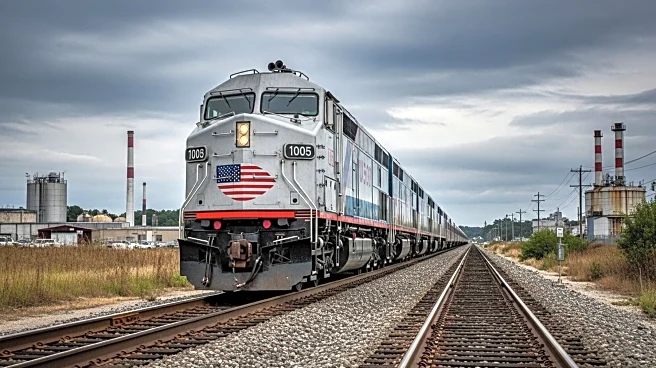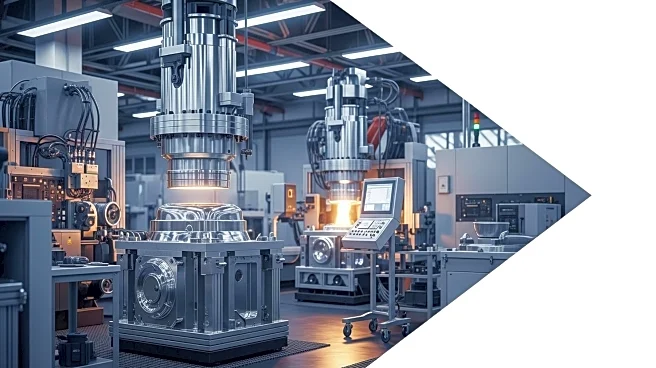What is the story about?
What's Happening?
CSX Corporation's recent financial struggles reflect broader challenges facing the U.S. railroad sector. In the first half of 2025, CSX reported declining operating income and revenue, driven by shrinking coal demand, reduced fuel surcharges, and weaker merchandise volumes. The company's performance underscores a systemic dilemma: the collision of legacy energy dependencies with the accelerating forces of AI-driven industrial reallocation and the global energy transition. Coal remains a critical revenue stream for CSX, yet its relevance is waning as global markets shift toward renewables.
Why It's Important?
The energy transition poses a double-edged sword for CSX, with potential to reduce emissions while straining traditional freight models. Electrification of railroads could cut carbon footprints and maintenance costs, but the upfront investment remains prohibitive. CSX's reliance on coal and slower pace of digital transformation leave it vulnerable to sector-wide headwinds. AI-driven industrial reallocation is altering freight demand patterns, requiring railroads to shift from volume-based growth to value-added services. CSX's recent performance suggests room for improvement in operational and technological agility.
Beyond the Headlines
CSX's stagnant performance is a microcosm of the railroad sector's broader struggle to adapt to decarbonization and AI-driven industrial shifts. The company's reliance on coal and slower pace of digital transformation leave it vulnerable to sector-wide headwinds. For investors, the key question is whether CSX can accelerate its pivot toward sustainable, AI-optimized operations or risk falling further behind peers who are redefining the future of freight.
AI Generated Content
Do you find this article useful?














